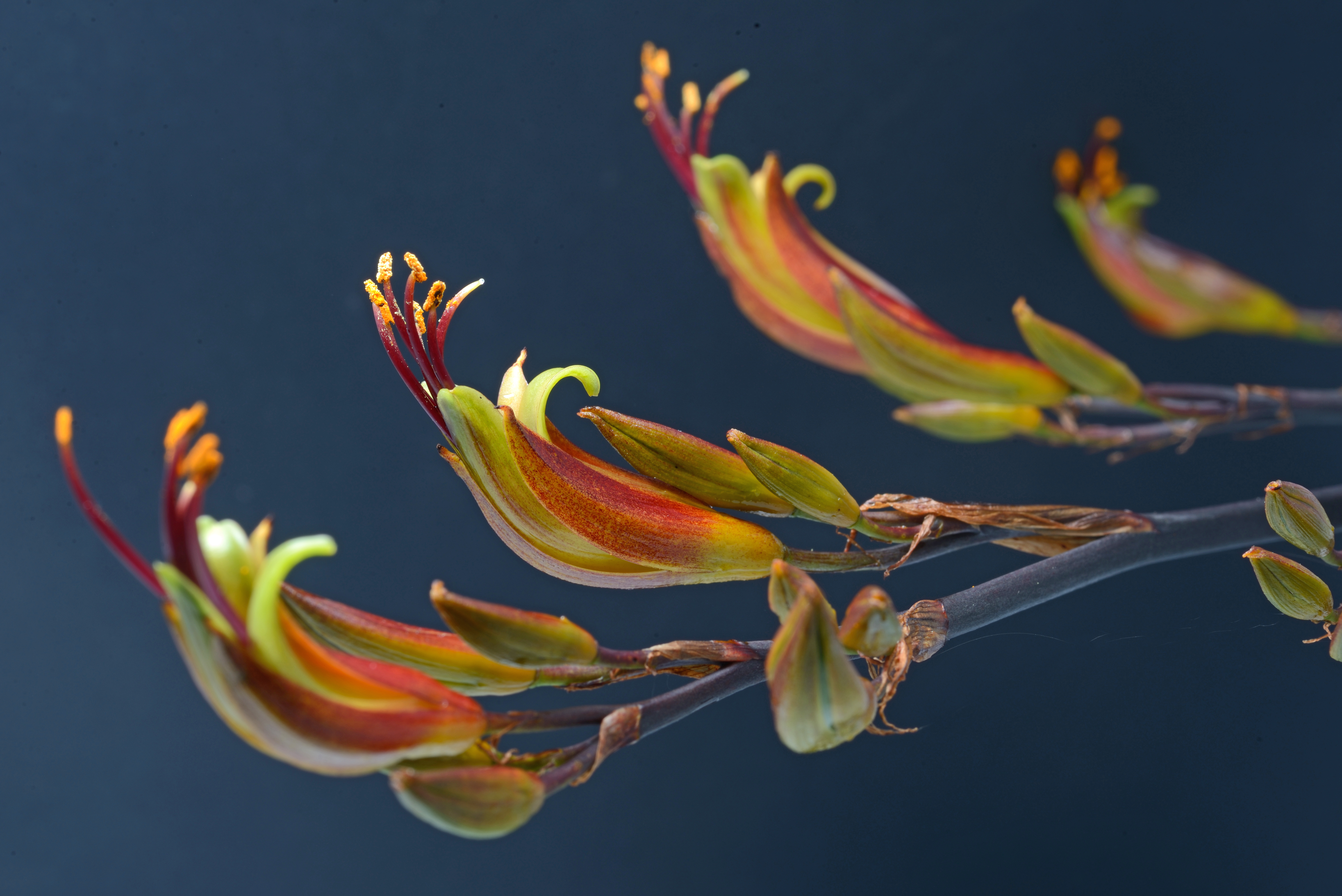Māori faces and tikanga values nowhere to be seen
Some Māori survivors told us the redress processes, designed and run by Pākehā, contained nothing reflecting their own values. Some felt listened to and cared for when making claims, but many found the processes unhelpful and inconsistent with holistic concepts of oranga because the processes did not encourage or support them to connect and reconnect with whakapapa and whānau. Nor did they recognise harm to their whānau, hapū, iwi and identity, and did not try to restore mana or observe or even acknowledge tikanga Māori.
Most never saw a single Māori face during their interactions with the agencies or institutions and encountered limited tikanga Māori or reo Māori in their processes. Georgina Sammons said the first and only time someone recognised or even expressed anything in reo Māori was when she met one of the inquiry’s commissioners for a one-on-one meeting.
Loretta Ryder also complained about the absence of any Māori staff or any appreciation of the value of dealing with people kanohi ki te kanohi, face-to-face.
“From the beginning, there were no Māori people involved. I had to call up the contact centre and I wasn’t that comfortable speaking to a Pākehā person ... When I talk to someone, I want to see their face. I need to do that to know who I am dealing with and to be able to feel their āhua.”
Many Māori survivors said Pākehā claims assessors lacked the cultural knowledge to evaluate Māori needs. Paora Sweeney said that “Māori people should work with Māori people. Not to say that Pākehā people shouldn’t be involved, but Māori people need to be involved in the process.” Māori survivors, like so many others, found little information available about what they could claim for, or how to claim for it, or what culturally-specific support services were available, especially as many engaged with the processes without the help of a lawyer. Some chose to have nothing to do with the redress processes. One survivor, Gwyneth Beard, said she did not “think there is anything there that can be given to me. It would just bring back the trauma”.
Neta Kerepeti said she was never given the option of a Māori counsellor. She found the Pākehā counsellor she was sent to ineffectual, and left feeling as though she was being treated for a bad back. “I ended up going back to see my kuia in Kaikōura. This was far more effective than any other service I’ve been to.” She said reconnecting with her whānau had proved the most effective way to restore her life. She also realised after receiving a compensation payment that “no amount of money was ever going to give my life back”. Time on her marae talking about her experiences and learning about her whakapapa helped enormously. In her view, redress processes should offer therapeutic and restorative practices designed and provided by Māori in accordance with Māori values. She said there were many ways to heal trauma, such as going with “someone who works in rongoā [Māori healing systems] or who takes you on a haerenga [journey] into the bush where you can learn about rongoā and breathe some different air”.
No survivor we heard from described encountering Māori values in any claims process such as te mana tāngata, whanaungatanga, and manaakitanga. None mentioned any action taken to restore the wrong and achieve a state of balance and peace. And none mentioned any recognition of the tūkino, or abuse, harm and trauma experienced by the survivors’ whānau, hapū, iwi, and hapori, or community, the impact on these communities when a child was removed and harmed, or these communities’ need for healing and restoration. Nor do claims processes seek to restore the collective mana of communities that have been affected.
Many Māori survivors wanted more wholesale change to the way the Crown and faith-based institutions approached redress, one that was consistent with te Tiriti and led by Māori. Said Loretta Ryder: “We need a system that is by Māori, for Māori, not a Pākehā system with a Māori name.”
Neta Kerepeti said a major shift would be necessary “if we want a system that is not racist and if we want a system that acknowledges tāngata whenua and all its citizens and if we want a system that not only talks about the Treaty in principle but applies the principles of that Treaty”. Maryann Rangi said the best chance of real change lay with the next generation.
“We can’t change the past or fix what has already happened. I don’t want to waste my energy on adults. I want to focus on children. I think looking after things like kohanga reo is a good place to start.”
Finally, redress processes have generally provided little or no support for Māori survivors to connect or reconnect with whānau, hapū, iwi and their hapori or community, nor did they help survivors’ whānau, who also frequently suffered from this dislocation. Terry King said he felt his culture and identity had been stolen from him, and he would have benefitted greatly if a process had been able to help him reconnect with his whakapapa.
“I am not able to say where my whānau was from and I carry this lack of connection and knowing today. I would like to be supported to find information on my Māori whakapapa and then to connect with my lost whānau. I think there should be a body or organisation to assist with this. I would like to know where I am from and where I stand.”

